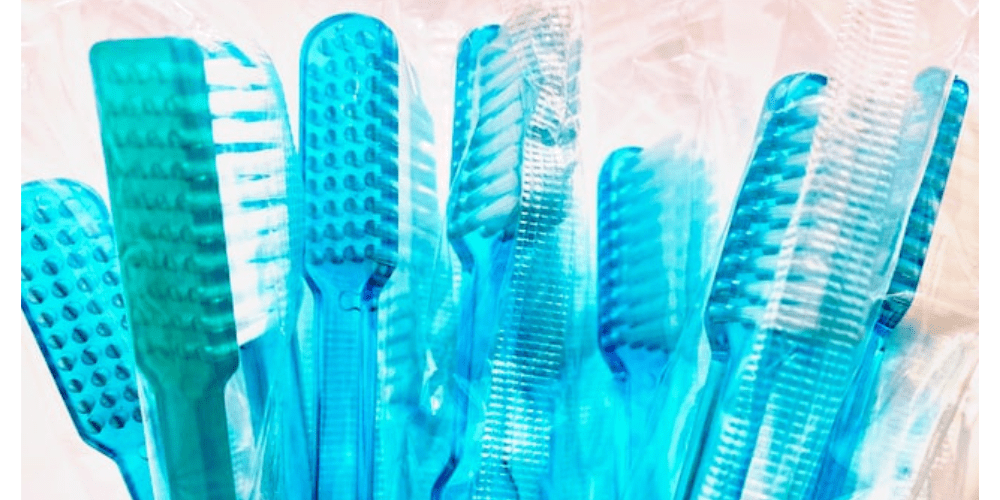Vacuum casting is one of the newly developed methods for product prototyping. It uses liquids such as rubber or plastic to produce complex components for molds. Why has this method gained such popularity in such a short time? Because the vacuum casting plastic method is economical for production units and consumer product manufacturing.
Top industrial uses for vacuum casting:
Consumer industries always update their production capacity with economical methods to increase productivity. Apart from the consumer industry, it is also useful and implemented in the food and beverages and the electronics industry. It is because these industries need different prototypes for single-product design. And vacuum casting reduces the prototyping cost with beneficial results as well.
Nonetheless, this method is highly effective in commercial product ts manufacturing specifically. It speeds up the prototyping process and leads to better final product manufacturing.
Its uses in specific industries are as below;
Consumer products department:
All packaging departments for the stationery, sunglasses, cosmetics, combs, and hair brushes use vacuum casting in the production prototyping phase. This method highly reduces their cost of production by providing a variety of options for consumers.
Food and beverages:
Like stationery and packaging departments of other industries, food, and beverages are also updating their production capacity using different methods. This industry uses vacuum casting in food and barrage packaging for food containers, bottles, mugs, cans, etc.
This industry, like most others, needs quick methods to improve its overall production capacity leading to better supply. That is why vacuum casting is extensively useful in the quality process of the manufacturing section.
Electronics:
The electronics and home decor industry rapidly changes its selection options because of changed consumer behavior. The consumer for electronics is changing to minimal home and office architecture which requires the electronic industry to improve its design. Apart from that, the materials (rubber and plastic) used by vacuum casting are highly shock and heat-resistant. That is why devices such as speakers, cameras, and switches at homes and offices are made through vacuum casting.
Is there any disadvantage?
Even though the benefits of the vacuum casting process are countless, the technology is still in the improvement phase. Therefore, a few drawbacks need development for the high efficiency of vacuum-casting plastic technology.
- The quality of vacuum casting products is less than that of metal molds. Therefore, it is mostly used for prototyping before making it better for the final product.
- The production mold sizes are very limited. It makes vacuum casting only suitable for low-volume production units.
- The molds may have residues from previous casting production. It requires the molds to be cleaned regularly.
- The silicone material used in casting is more prone to shrinking. It is because the silicon also expands from the thermal expansion. Therefore, using low-quality silicon for output can harm the final production.
- Even though the reduction cost of the designs is low, the setup requires a high cost for the equipment and tools setup.
The vacuum casting process is only economical and useful for limited low-production cases. Technology is the first step to a newer section for a better consumer production department.


